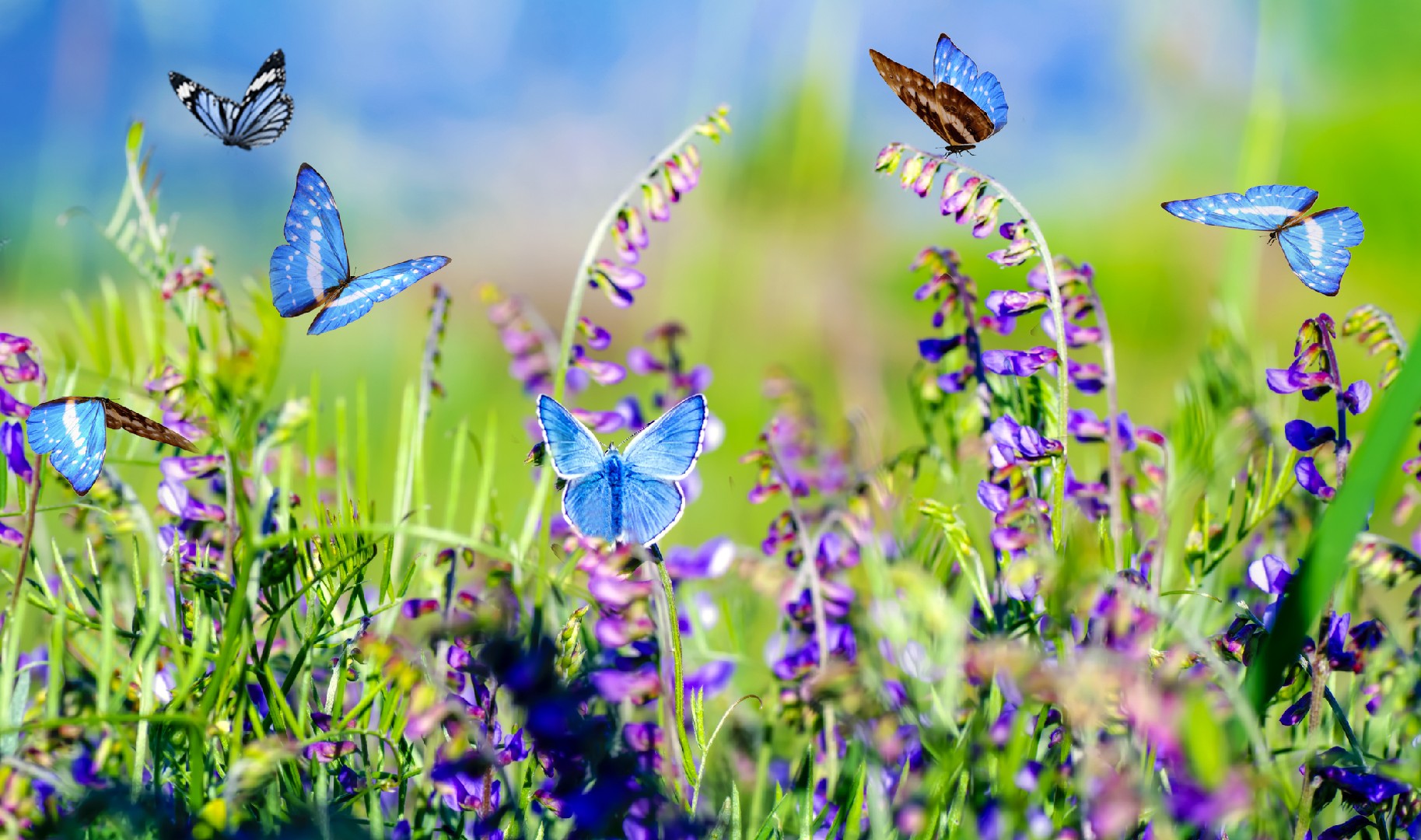
Why Choose Wildflower Meadows?
Wildflower meadows are a vibrant and captivating addition to any landscape. Not only do they add a dynamic burst of color, but they also come with numerous benefits that make them an excellent choice for any garden or outdoor space.
One of the key benefits of wildflower meadows is their ease of maintenance. Unlike traditional lawns or gardens, wildflower meadows require little to no mowing, watering, or fertilizing. Once established, they are highly self-sufficient, making them a low-maintenance option for those who want a beautiful garden without the hassle.
In addition to being easy to maintain, wildflower meadows also have a strong appeal to various wildlife species. The diverse range of flowers and plants that make up a wildflower meadow attract bees, butterflies, and other pollinators, creating a thriving ecosystem. This not only adds life and movement to the garden but also helps support the local biodiversity and overall ecosystem health.
Another important benefit of wildflower meadows is their contribution to soil health. The deep-rooted wildflowers help improve soil structure and fertility by preventing erosion and enhancing water infiltration. They also add organic matter to the soil as they naturally decompose, enriching it with nutrients. This creates a healthy and fertile environment for other plants to grow.
Beyond their practical benefits, wildflower meadows offer a captivating aesthetic value. The mix of colors, shapes, and heights of the wildflowers creates a visually stunning display that evolves throughout the seasons. From the delicate spring blooms to the vibrant summer colors and the golden hues of autumn, wildflower meadows bring a sense of beauty and wonder to any landscape.
Moreover, wildflower meadows have an important ecological contribution. By promoting biodiversity, they provide habitat, food sources, and shelter for a wide range of wildlife. Birds nesting in the meadows, insects pollinating the flowers, and small mammals finding refuge among the plants all contribute to a healthy and balanced local ecosystem.
To create your own wildflower meadow, start by preparing the soil and removing any existing vegetation. Choose native wildflower seeds that are suitable for your region and soil type. Sow the seeds in the prepared area and lightly rake them into the soil. Water the seeds regularly until they germinate, and then let nature take its course. Avoid using herbicides or pesticides that can harm the wildflowers and the wildlife they attract.
In conclusion, wildflower meadows offer numerous benefits that make them a fantastic choice for any outdoor space. They are low-maintenance, attract wildlife, improve soil health, and create a visually stunning landscape. Whether you have a large garden or a small patch of land, consider incorporating a wildflower meadow to enhance the beauty and sustainability of your surroundings.









